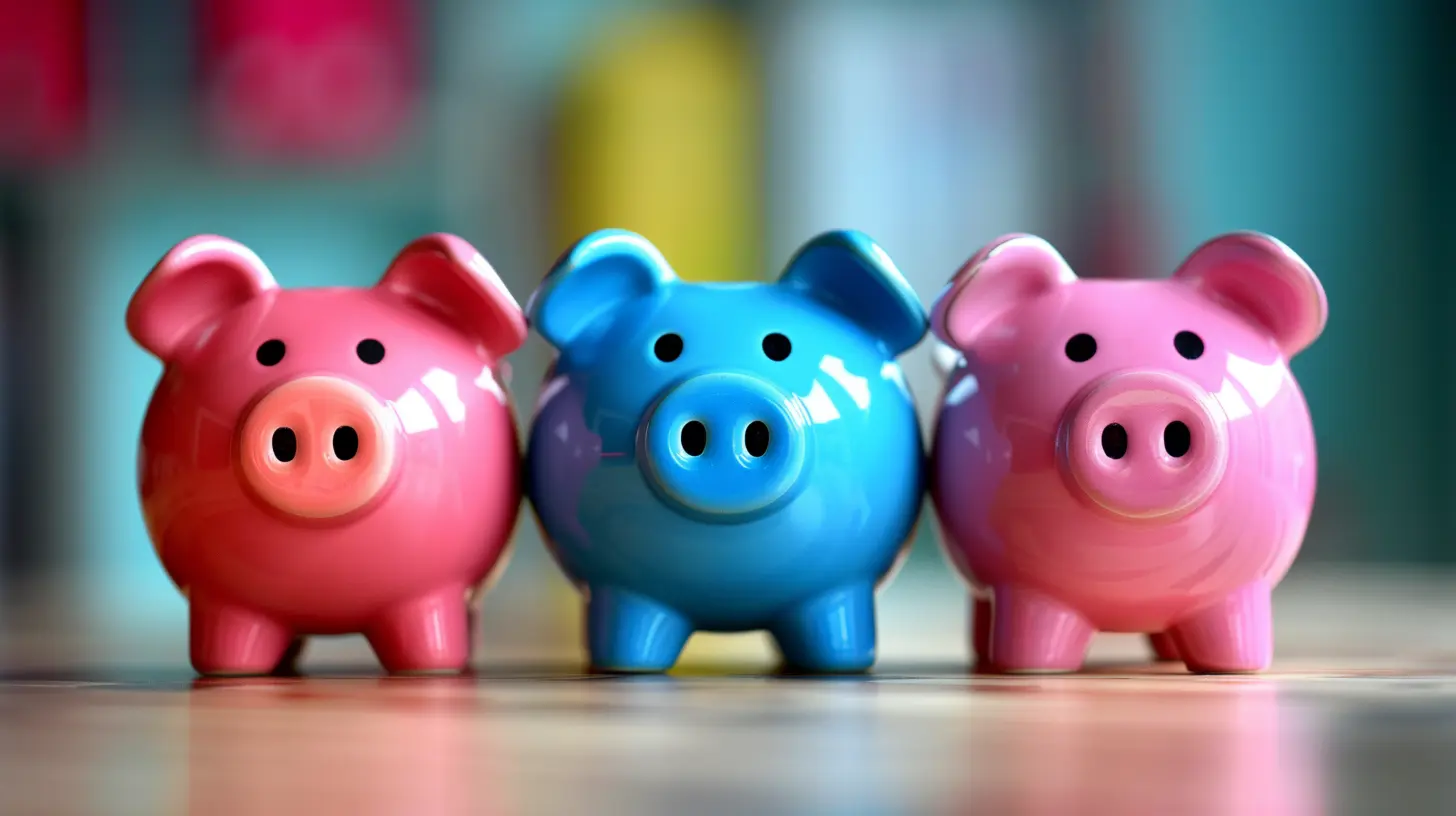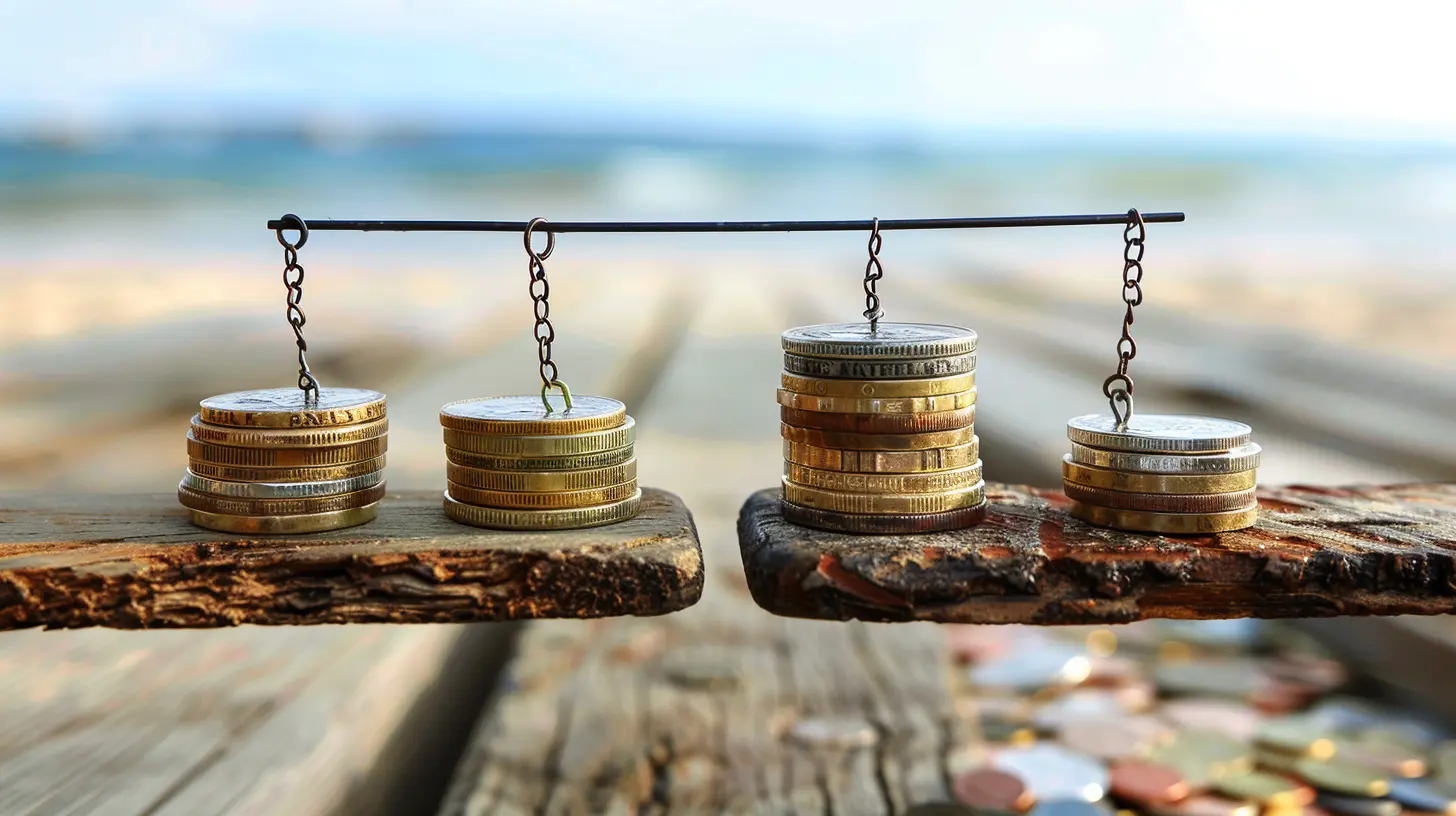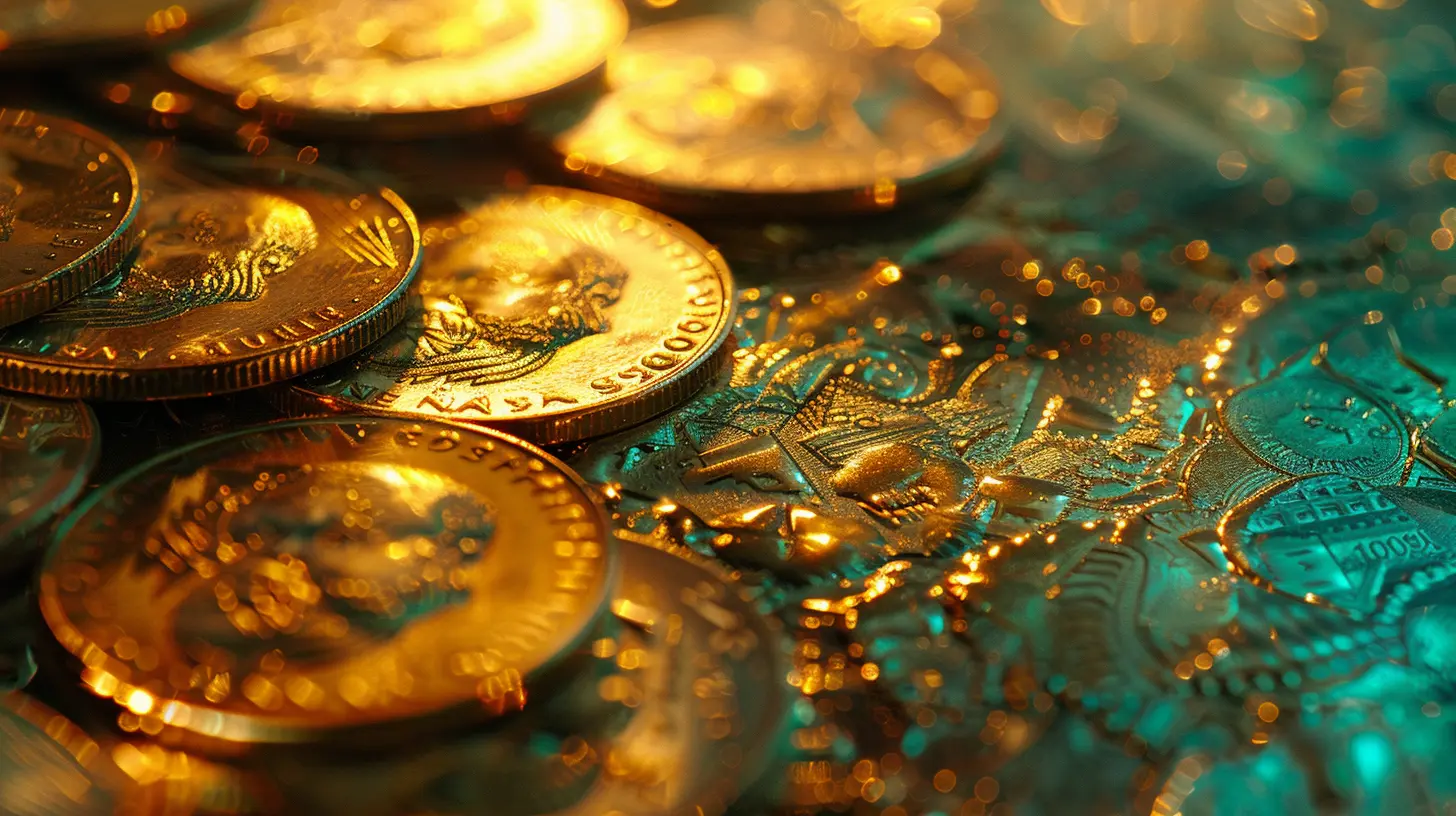Choosing Between Dividend Reinvestment and Cash Payouts
26 June 2025
When you start seeing that beautiful "Your dividend has been received" message in your brokerage account, it feels like a little payday from the investing gods. But then comes the inevitable head-scratcher: should you reinvest those dividends, or take the cash and run?
This is one of those classic investing dilemmas—kinda like choosing between Netflix and a good book. Both have their merits, but the right answer? Totally depends on you.
In this article, we're going to break down the pros and cons of dividend reinvestment and cash payouts, get into when each one might make more sense, and help you decide which path suits your financial goals best.
What Are Dividends, Anyway?
Before we dive into the decision, it’s worth clearing up what dividends really are. Essentially, companies that make a profit might choose to reward their shareholders (a.k.a. you) with a slice of that profit. That’s the dividend.Think of it as your reward for simply owning a piece of the company. Some companies do this quarterly, others annually. And the amount you get is usually based on how many shares you own.
Simple, right? But what you do with those dividends is where things get interesting.
Option 1: Dividend Reinvestment – Let It Grow
What Is Dividend Reinvestment?
Dividend reinvestment means you’re taking the cash you earn from dividends and automatically using it to buy more shares of the same company (or ETF, mutual fund, etc.).Most brokerages actually make this super painless with something called a DRIP—Dividend Reinvestment Plan. You can usually turn it on or off with a click.
Why People Love Reinvesting Dividends
Reinvesting your dividends can feel like putting your investments on autopilot—and who doesn't love a set-it-and-forget-it strategy?Let’s look at the perks:
1. Compounding Magic
This is arguably the biggest reason people reinvest. Every time you reinvest, you buy more shares, which then earn more dividends, which then buy more shares… and so on.It’s like planting a money tree that grows more branches every season.
2. No Temptation to Spend
If you’re the kind of person who sees a bit of extra cash and starts planning your next Amazon binge (guilty!), reinvesting keeps you disciplined.3. Automatic Growth Without the Fees
Many brokerages don’t charge you for reinvesting dividends—so you can grow your position without paying extra.4. Dollar-Cost Averaging
If you’re buying more shares regularly through reinvesting, you’re naturally smoothing out the highs and lows of the market. That’s a powerful long-term investing tactic.When Reinvesting Makes Sense
- You're in your wealth-building phase (a.k.a. not retired yet)- You don’t need the dividend income immediately
- You believe in the long-term growth of the company
- Your portfolio is tax-advantaged (like an IRA or 401(k))

Option 2: Cash Payouts – Take the Money and Use It
What Are Cash Dividend Payouts?
When you opt out of reinvesting, the dividends land in your brokerage account as cold hard cash (ok, digital numbers... but still).You can do whatever you want with that money: pay bills, buy a latte, invest in something else, or just let it sit there.
Why Investors Choose Cash Payouts
Taking the cash isn’t just for retirees. There are plenty of good reasons to prefer the payout.1. Income You Can Use
Need your investments to help cover your living expenses? Boom—cash dividends are like getting a paycheck from your portfolio.2. Flexibility
Maybe you’ve got your eye on a hot new ETF, or you want to keep some cash on hand for opportunities. Dividends in cash give you that choice.3. Control & Diversification
You may not want to keep putting money into the same company over and over. Taking the cash gives you the power to diversify.4. Tax Planning
Sometimes, it’s better not to reinvest because you want to control when and how you sell, especially in taxable accounts.When Cash Payouts Might Be the Better Move
- You're living off your investments (looking at you, retirees!)- You want to build a cash cushion
- You prefer to handpick new investments instead of reinvesting
- You’re trying to minimize risk with better portfolio balance

Real-Life Example: Dividend Dave vs. Cash-Out Cathy
Let’s paint a picture.Dividend Dave is 35, working full-time, and wants to retire by 50. He’s all about compounding and reinvesting every penny of his dividends to grow his portfolio as big and fast as possible.
Meanwhile, Cash-Out Cathy is 65, recently retired, and relies on her dividend income to pay her bills. She doesn't need more shares—she needs money to live on.
Both approaches are solid. The right one just depends on where you are in life.
Blended Strategy: Why Not Both?
Here’s a secret not enough people talk about: you don’t have to choose between reinvesting and taking cash. You can do both!Let’s say you have multiple dividend-paying stocks. Maybe reinvest the ones from companies you absolutely love and trust long-term, and take cash from others to use however you like.
Heck, you could even reinvest in your retirement accounts and take cash in your brokerage account. It’s your money—get creative with it.
The Tax Angle (Yep, We Gotta Talk About It)
Let’s be real: Uncle Sam always wants a piece of the pie.Whether you reinvest or take cash, dividends are generally taxed in the year you receive them if they’re in a taxable account. That means even if you don’t see the cash, you could still owe taxes on reinvested dividends.
However, qualified dividends (most from long-term holdings in U.S. companies) are usually taxed at a lower rate than ordinary income. So that’s a small silver lining.
But if those dividends are going into a tax-advantaged account like a Roth IRA? No worries. No taxes. 🎉
Bottom line: Don’t forget to factor taxes into your strategy. What looks great in your account could turn out less sparkly after tax season.
So… Which Should You Choose?
Ah, the million-dollar question. Let’s boil it down:Reinvest If You:
- Are building wealth for the future- Want to capitalize on long-term compounding
- Don’t need the income right now
- Trust the company you’re investing in
Take Cash If You:
- Need regular income today- Want to diversify or invest elsewhere
- Prefer control over your investment choices
- Are trying to balance your asset allocation
Still unsure? Start with one and see how it feels. Investing isn’t a one-size-fits-all game—it’s a journey. And like any journey, sometimes you’ve gotta stop and reevaluate the map.
Pro Tips Before You Decide
Before you lock in reinvestment or cash payouts, keep these tips in mind:- Check your account settings. Your brokerage might default to reinvest dividends. You can change this.
- Watch for fees. Most places reinvest for free, but always double-check.
- Review quarterly. Your needs may change. Revisit your setup regularly—especially during big life changes.
- Consider your risk tolerance. Reinvesting in a stock that’s tanking? Not always ideal.
Final Thoughts: You’re the Boss of Your Dividends
At the end of the day, dividends are a sweet perk of being an investor. Whether you reinvest them or take the cash, it’s your call. And the good news? You can’t really go wrong—both methods come with solid upsides.Just remember: this decision isn’t set in stone. You can tweak it as your financial situation changes. So don’t stress too much over getting it "perfect"—just get started and adjust as you go.
Because the most powerful tool in your investing toolbox? It’s not reinvestment or cash—it’s time.
all images in this post were generated using AI tools
Category:
Dividend InvestingAuthor:

Audrey Bellamy
Discussion
rate this article
2 comments
Grant McClellan
When deciding between dividend reinvestment and cash payouts, consider your investment goals. Reinvestment boosts long-term growth, while cash provides immediate income.
November 13, 2025 at 12:21 PM

Audrey Bellamy
Thank you for highlighting the importance of aligning dividend choices with investment goals! Your perspective on balancing long-term growth versus immediate income is invaluable for investors.
Clementine McKay
The choice between dividend reinvestment and cash payouts hinges on individual financial goals and market conditions. Reinvestment can amplify compounding growth, while cash payouts provide immediate liquidity, reflecting differing investment strategies and risk tolerances.
July 3, 2025 at 3:57 AM

Audrey Bellamy
Thank you for your insightful comment! You've perfectly captured the essence of the decision between dividend reinvestment and cash payouts. It truly boils down to personal financial goals and market dynamics.


